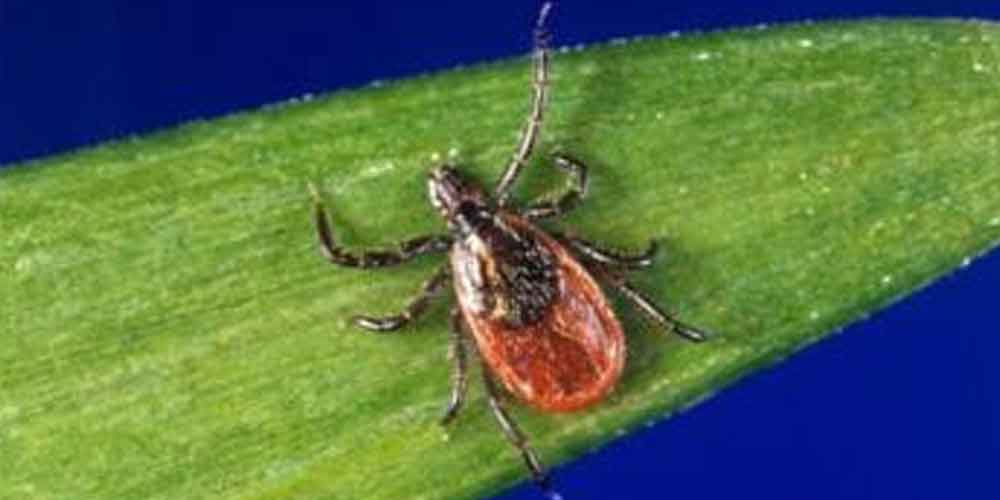A new report from the CDC says that a disease called babesiosis, which is spread by ticks, has become more common in the United States between 2011 and 2019. It is now found in 10 states, mostly in the Northeast and Midwest. This increase is not surprising because other tick-related diseases, like Lyme disease, are also becoming more common.
There are a few reasons for this increase. More people are moving to places where ticks live and spending time around animals that ticks feed on, like deer and mice. Warmer weather due to climate change also helps ticks survive longer and have more chances to spread diseases.
Babesiosis is caused by a parasite that infects humans when they are bitten by certain ticks. These ticks are usually found in forests, bushes, or grassy areas and are most active during the spring, summer, and fall. There is no vaccine for babesiosis, but you can prevent it by avoiding ticks.
Symptoms of babesiosis can range from none at all to fever, headache, kidney failure, and even death. In 2019, eight people died from this disease. If you have symptoms, doctors can treat you with antibiotics and other drugs.
The CDC used to think that babesiosis was only common in seven states. But new data shows that Maine, New Hampshire, and Vermont have similar or even higher numbers of cases. A total of 16,456 cases were reported in 37 states between 2011 and 2019.
More doctors are now testing for babesiosis, which may also be why more cases are being found. To avoid getting tick-related diseases, cover your skin, use repellents, and stay on clear paths when outdoors. Check for ticks on your body, clothes, and pets after spending time outside.
Ticks can also spread other diseases, like Lyme disease and Rocky Mountain spotted fever. If you get sick after a tick bite, see a doctor.

